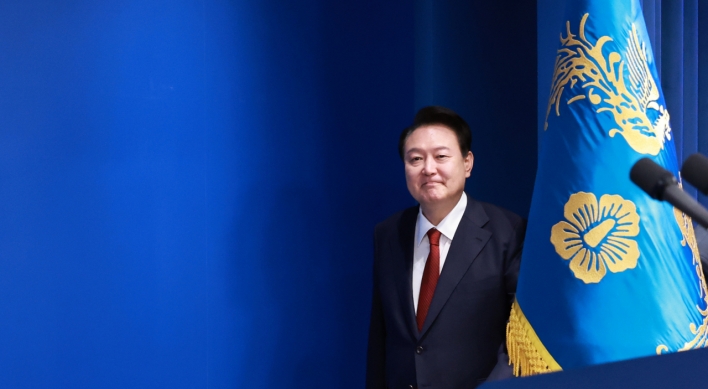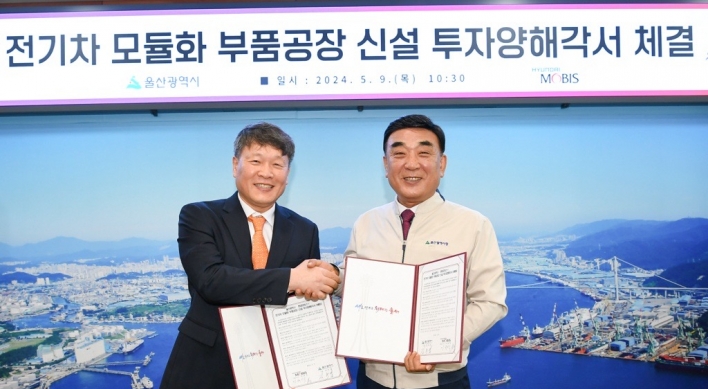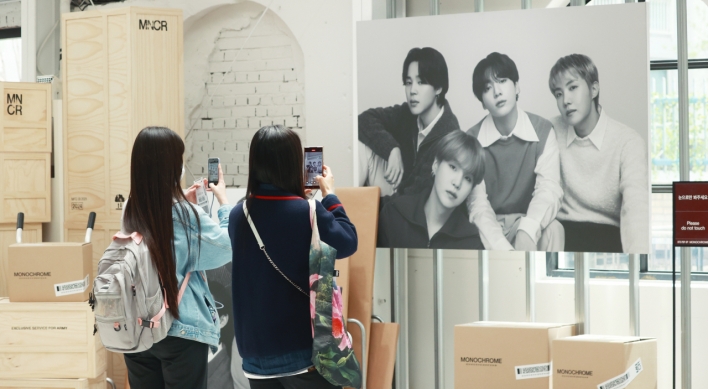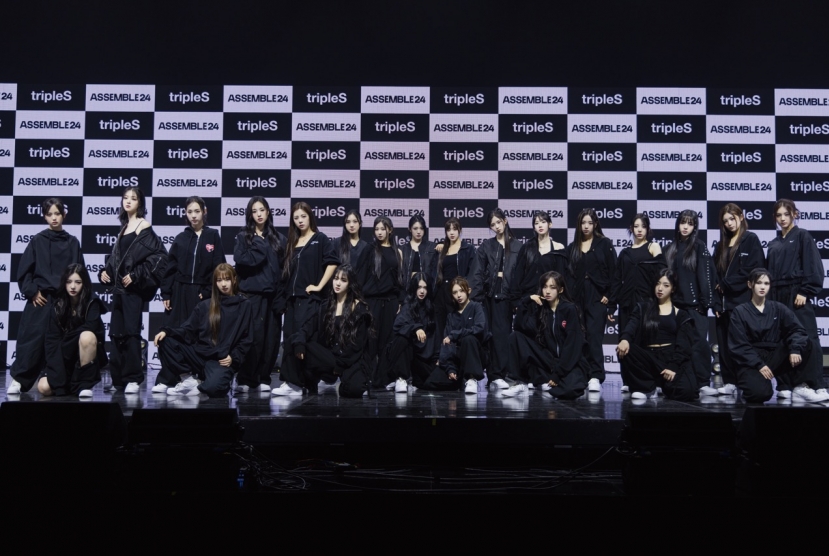LG develops key OLED material to reduce reliance on imports
By Moon Joon-hyunPublished : Oct. 9, 2023 - 15:06
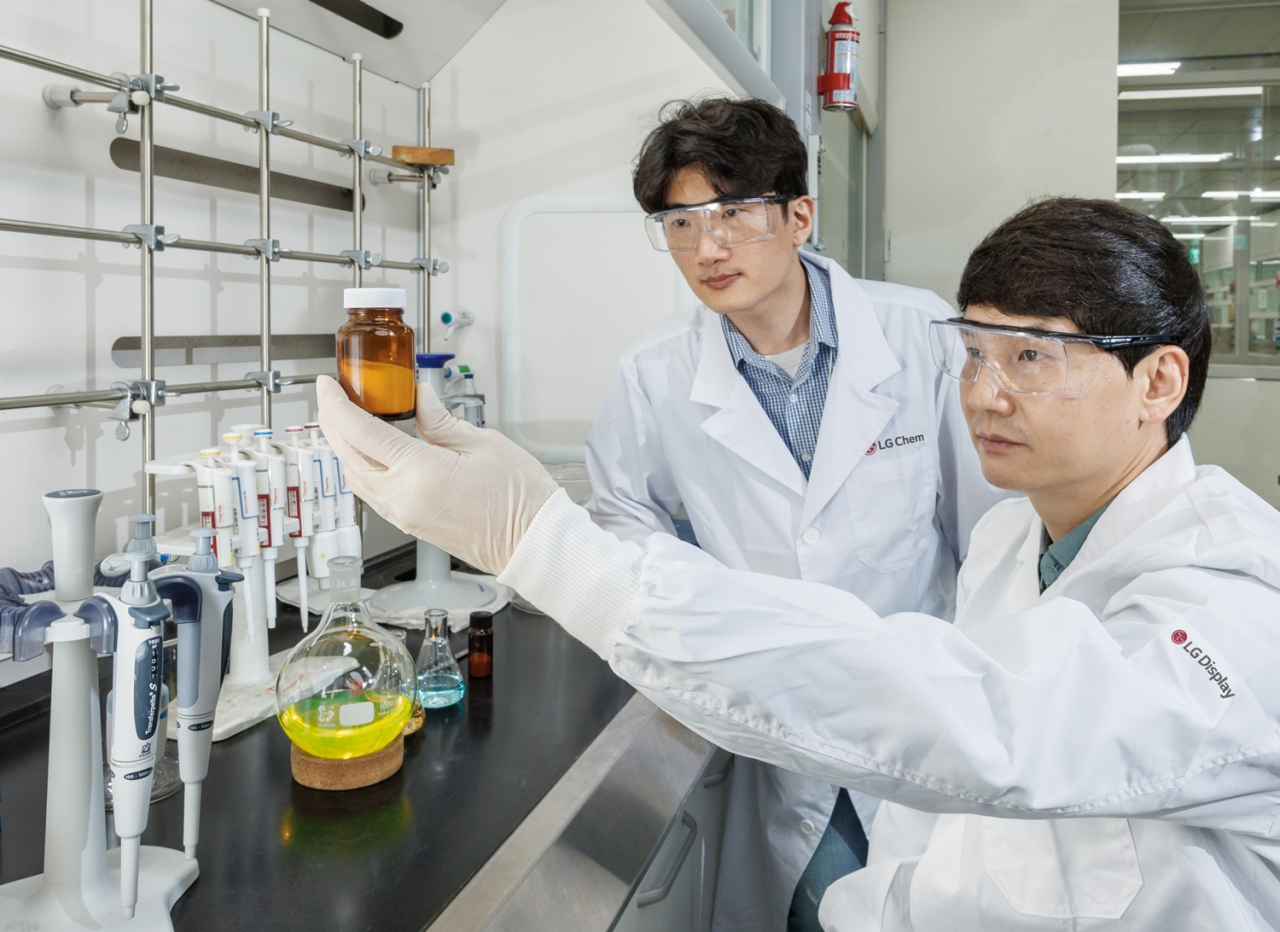
LG Display and LG Chem, prominent display and chemical makers, respectively, boasted Monday of their joint success in producing p-type dopants in-house, a crucial material for producing organic light-emitting diode displays, the supply of which has been solely dependent on imports.
This development aligns with LG Display's ongoing efforts to strengthen the domestic production ecosystem for more advanced OLED displays. Last year, the proportion of materials the company procured locally, both from its affiliates or other domestic providers, rose from 58 percent the previous year to 64 percent.
Dopants are additives used in light-emitting layers to modify their electronic properties. Of these additives, the p-type dopant is used to ensure OLED light emission consistency, prolong device life span and reduce the power consumption of displays. However, certain variants of p-type dopants have proven especially tricky to develop due to their vulnerability to air degradation.
The development comes from a decade of collaboration between the two companies. LG Display contributed its proficiency in material design and performance validation, while LG Chem was responsible for synthesis and production. Their combined efforts resulted in a material that matches the efficiency and performance of its previously imported counterparts.
"Since the release of the world’s first 55-inch OLED TV panel in 2013, we have focused on utilizing our accumulated expertise to develop core materials in-house," said Yoon Soo-young, chief technology officer and vice president at LG Display.
The importance of securing p-type dopants locally becomes even more pronounced for tandem OLEDs, a next-generation design that stacks multiple OLED layers to produce a notable improvement in brightness and life span. P-type dopants facilitate a seamless movement of positive charges in each OLED unit, ensuring they consistently meet with negative counterparts.
By producing p-type dopants on its own, LG Display aims to achieve a more reliable supply chain, safeguard its patents and maintain its leading position in the global OLED market. According to market research firm Omdia, LG commanded a dominant 54.6 percent share in the global OLED TV market by total shipments in the first quarter of 2023, followed by Sony at 26.1 percent and Samsung at 6.1 percent.
In terms of real-world application, LG Display plans to integrate the new material across a spectrum of OLED panel sizes in the future.
"Our experience in OLED mass production has informed our ongoing efforts in developing in-house materials and components and sourcing them locally, which differentiates us in the OLED market strategy," said Lee Hyun-woo, senior vice president and head of the large display business unit at LG Display.




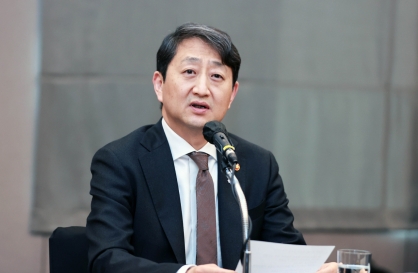
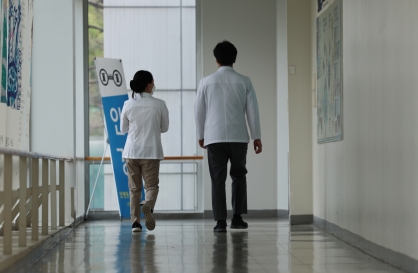




![[K-pop’s dilemma] Time, profit pressures work against originality](http://res.heraldm.com/phpwas/restmb_idxmake.php?idx=644&simg=/content/image/2024/05/08/20240508050705_0.jpg&u=20240508171126)





